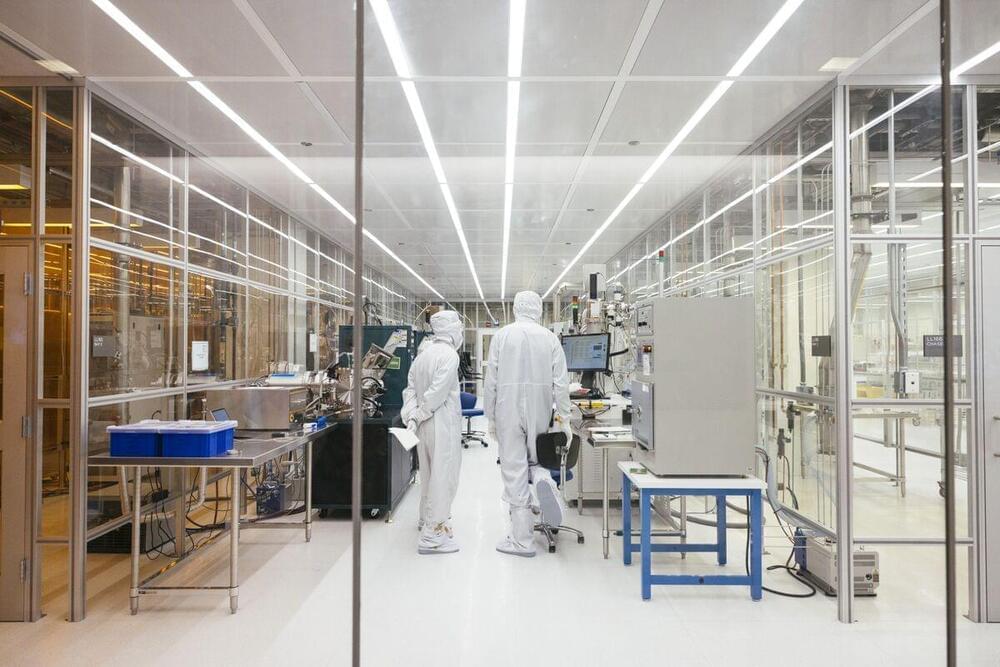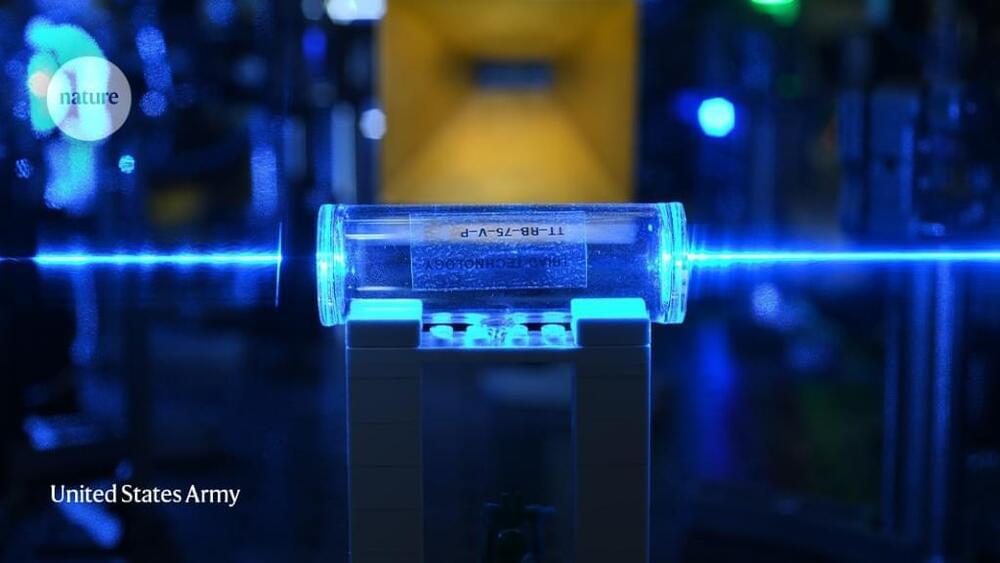Please make sure your browser supports JavaScript and cookies and that you are not blocking them from loading. For more information you can review our Terms of Service and Cookie Policy.
Please make sure your browser supports JavaScript and cookies and that you are not blocking them from loading. For more information you can review our Terms of Service and Cookie Policy.
Gotion High Tech has announced its new L600 lithium-manganese-iron-phosphate (LMFP) Astroinno battery that can provide class-leading efficiency figures. The announcement comes shortly after the firm obtained a procurement letter from Volkswagen and became a designated supplier of batteries for the automaker’s overseas markets.
Virgin Galactic has released a video introducing the public to the pilots who fly the company’s VSS Unity space plane, which is gearing up for its final test flight.
The suborbital flight, known as Unity 25, is set to take off on Thursday (May 25) and will be the final step on Virgin Galactic’s long journey to realizing commercial space flight.
Apple’s digital car key feature for iPhone and Apple Watch is expanding to Mercedes-Benz, with changes to Apple’s back-end configuration files for the feature having been updated today with references to the automaker, as noticed by Nicolás Álvarez (via @aaronp613).
Only a handful of brands including BMW, BYD, Genesis, Hyundai, and Kia have so far introduced support for the feature on select models, which allows you to add a digital car key to the Wallet app on your iPhone and Apple Watch and then lock, unlock, and start your car without needing a physical key. Just a month ago, Lotus appeared in Apple’s configuration files as another upcoming brand that will support the feature.
While much of what Aligned AI is doing is proprietary, Gorman says that at its core Aligned AI is working on how to give generative A.I. systems a much more robust understanding of concepts, an area where these systems continue to lag humans, often by a significant margin. “In some ways [large language models] do seem to have a lot of things that seem like human concepts, but they are also very fragile,” Gorman says. “So it’s very easy, whenever someone brings out a new chatbot, to trick it into doing things it’s not supposed to do.” Gorman says that Aligned AI’s intuition is that methods that make chatbots less likely to generate toxic content will also be helpful in making sure that future A.I. systems don’t harm people in other ways. The work on “the alignment problem”—which is the idea of how we align A.I. with human values so it doesn’t kill us all and from which Aligned AI takes its name—could also help address dangers from A.I. that are here today, such as chatbots that produce toxic content, is controversial. Many A.I. ethicists see talk of “the alignment problem,” which is what people who say they work on “A.I. Safety” often say is their focus, as a distraction from the important work of addressing present dangers from A.I.
But Aligned AI’s work is a good demonstration of how the same research methods can help address both risks. Giving A.I. systems a more robust conceptual understanding is something we all should want. A system that understands the concept of racism or self-harm can be better trained not to generate toxic dialogue; a system that understands the concept of avoiding harm and the value of human life, would hopefully be less likely to kill everyone on the planet.
Aligned AI and Xayn are also good examples that there are a lot of promising ideas being produced by smaller companies in the A.I. ecosystem. OpenAI, Microsoft, and Google, while clearly the biggest players in the space, may not have the best technology for every use case.
Join top executives in San Francisco on July 11–12, to hear how leaders are integrating and optimizing AI investments for success. Learn More
According to Google, Meta and a number of other platforms, generative AI tools are the basis of the next era in creative testing and performance. Meta bills its Advantage+ campaigns as a way to “use AI to eliminate the manual steps of ad creation.”
Provide a platform with all of your assets, from website to logos, product images to colors, and they can make new creatives, test them and dramatically improve results.
From underground exploration to brain science and air-traffic control, the sensing potential of quantum devices is enormous. But they must first get out of the laboratory.
For a long time, scientists have been trying to figure out how plants start the process of turning sunlight into sugar through photosynthesis. But now, some researchers have finally decoded those tricky signals that plants send to themselves! Humans can’t survive without photosynthesis. Without plants, there would be no animals, including humans. So, if we understand how to manipulate plant growth, we can also control the quantity of food we produce and our life.
#brightside.
Animation is created by Bright Side.
Music by Epidemic Sound https://www.epidemicsound.com.
Check our Bright Side podcast on Spotify and leave a positive review! https://open.spotify.com/show/0hUkPxD34jRLrMrJux4VxV
Cultured meat is gaining momentum, with large production facilities under construction and the arduous approval process for the finished products inching forward. Most of the industry’s focus thus far has been on ground beef, chicken, pork, and steak. Save for one startup that was working on lab-grown salmon, fish have been largely left out of the fray.
But last month an Israeli company called Steakholder Foods announced it had 3D printed a ready-to-cook fish fillet using cells grown in a bioreactor. The company says the fish is the first of its kind in the world, and they’re aiming to commercialize the 3D bioprinter used to create it.
Steakholder Foods didn’t produce the fish cells it used to print the fillet. They partnered with Umami Meats, a Singapore-based company working on cultured seafood. Umami created the fish cells the same way companies like Believer Meats and Good Meat create lab-grown chicken or beef: they extract cells from a fish (in a process that doesn’t harm it) and mix those cells with a cocktail of nutrients to make them divide, multiply, and mature. They signal the cells to turn into muscle and fat, which they then harvest and form into a finished product.









